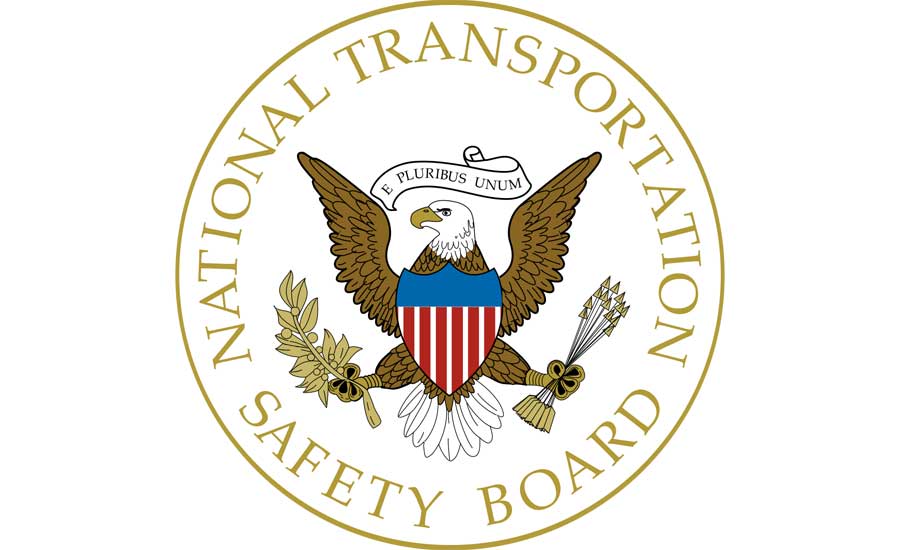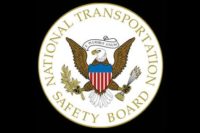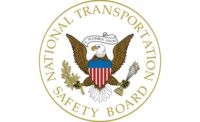Engine problems likely took down small plane in Louisiana

An investigation into a fatal plane crash Saturday in New Orleans will be made more difficult by the fact that much of the wreckage was consumed in a post-crash fire.
Nevertheless, a senior air safety investigator with the National Transportation Safety Board (NTSB) is on the scene, sifting through the evidence and interviewing witnesses.
What’s known so far:
At about 3:06 p.m. CDT, Aug. 16, an Aerotek Pitts S-2B (registration N600DF) crashed shortly after taking off from New Orleans’ Lakefront Airport. Both occupants, the commercial-rated pilot and the passenger, were fatally injured.
Shortly after take-off, the pilot radioed the controller in the Lakefront Airport tower and indicated that he was having problems, which were not specified. The controller gave the pilot a clearance to return to the airport.
Witnesses reported observing the airplane appeared to have engine problems shortly after take-off. According to witnesses the airplane then pitched down and struck the ground.
The NTSB’s investigation will include:
- Documenting the accident site.
- Examination of fueling records and obtaining a fuel sample from the fueler, actions that are in keeping with standard investigative practices.
- Interviewing witnesses and airport personnel.
- Recovery of the wreckage, which will be transported to a secure location in Baton Rouge.
Future activities, which are all standard investigative practices for fatal aviation crashes, include:
- A detailed examination of the wreckage and engine.
- An examination of the airplane’s maintenance and repair history.
- Interviews with family members and colleagues of the pilot to determine if there was anything in the 72 hours prior to the crash that could have affected the pilot’s ability to safety operate the airplane.
- Examination of the pilot’s medical background, sleep and rest cycle, FAA pilot certificates and ratings and recency of flight experience.
The NTSB will publish a preliminary report within the next few weeks on its website (ntsb.gov) detailing the factual information developed at that early stage of the investigation. The preliminary report will not contain any analysis or causal factors. A determination of probable cause will be issued at the conclusion of the investigation, which is expected to be completed in 12-24 months.
The Federal Aviation Administration and Lycoming Engines are parties to the NTSB’s investigation.
Witnesses to the crash or those with information relevant to the investigation are urged to contact the NTSB by email at witness@ntsb.gov.
Looking for a reprint of this article?
From high-res PDFs to custom plaques, order your copy today!








